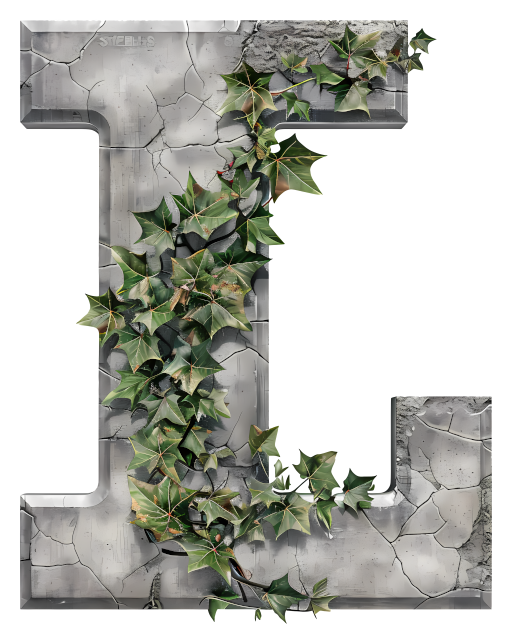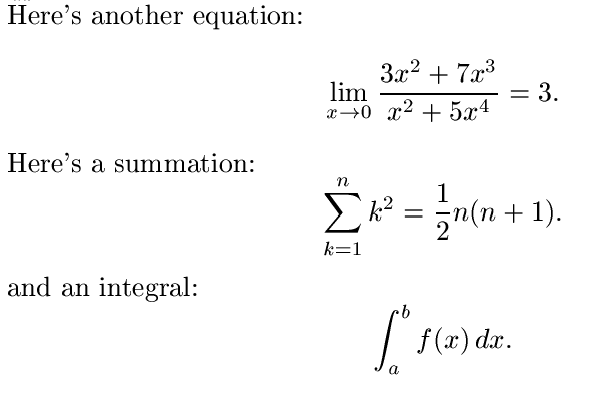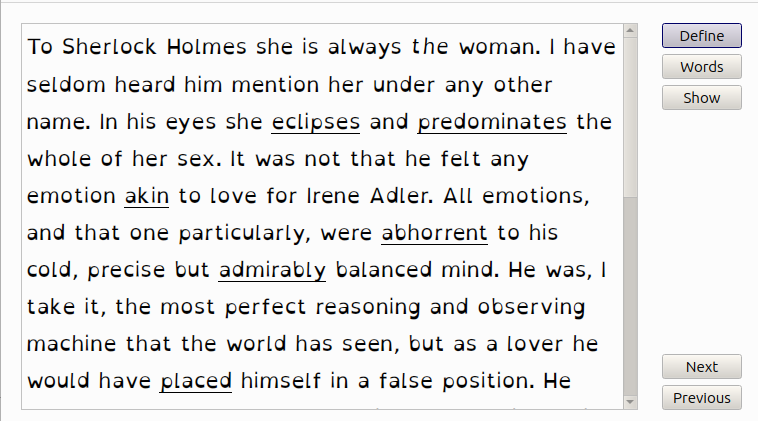He’s too Dangerous to Have a Gun

B.L.U.F.
Rambling about how to disarm “dangerous” people. Put them in prison.
(1800 words)
The unqualified command of the Second Amendment is “shall not be infringed”. This applies to all The People.
As a society, we want our family, friends, and community to be “safe”. To that end, we create protections.
The primary protection is a threat of state violence on those that would harm others.
When the cops show up and arrest somebody, they are inflicting violence on that person in the name of the state. When that person is remanded for a custodial sentence, there is state inflicted violence in that as well.
The state wishes to maintain a monopoly on violence.
The right to self-defense is in direct opposition to that monopoly. Self-defense is not limited to self vs. another person or other people, it also includes the right to defend yourself from the state.
The Second Amendment protects our right to armed self-defense. Since it protects an aspect of self-defense, it is in direct opposition to the state’s goal of a monopoly on violence.
Unfortunately for the state, their goal of a monopoly on violence is a threat to our safety. How? Because the state cannot proactively keep us safe. They can only reactively respond. Often long after the harm has been done.
If there is a credible threat to you or your family, the state will not provide you with protection. At the most, they might send a squad pass your home slightly more frequently than normal. This is not real protection. It is barely a deterrent.
Since the state cannot protect you and yours, they offer to predict who is most likely to be a threat to (the state) you, or (the state) your family, or (the state) your community.
Predictive actions by the government are facially unconstitutional. You have a presumption of innocents. You must be found guilty in a court of law beyond reasonable doubt. Only after you have been found guilty can the state punish you.
Remember, you have rights and powers. The state has powers and authority. The state has the power to break down your door, search your home and person, detain you and punish you. They only have limited authority to exercise that power.
You have your rights, you might not have the power to defend your rights against a more powerful (the state) foe.
When the state uses its power to strip you of your rights, they are causing irreparable harm. They are only authorized to do so after a finding of guilt.
What happens when the state is aware that a group of people are too dangerous to be armed? How do they disarm those people?
According to congress, there are 9 reasons a person can be disarmed because they are too dangerous to possess firearms.
The law does not disarm those people. It only orders them to not possess firearms. A very different thing, indeed.
| Count | 2016 | 2017 | 2018 | 2019 | 2020 | Total |
|---|---|---|---|---|---|---|
| Firearm | 901 | 958 | 922 | 934 | 1,088 | 4,802 |
| Knife | 328 | 361 | 366 | 359 | 374 | 1,788 |
| Blunt object | 129 | 123 | 111 | 112 | 100 | 576 |
| Total | 1,357 | 1,442 | 1,399 | 1,405 | 1,563 | 7,166 |
From this data, we can see that about 33% of all homicides of family members are done without a firearm. If the purpose of §922(g)(8) was to protect potential victims by predicting that a family member was dangerous, then it would apply to all arms. Not just firearms.
The state has argued, unendingly, that there are protections in place for those accused of potential domestic violence. That a court will only issue a TRO that triggers §922(g)(8) after due process.
Let’s see, the accused has to “receive actual notice”. Does that mean a certified letter? A process server? Or does it mean first class mail?
When I was divorcing my first wife, it was not pretty. On the weekend of my birthday, I went to pick up my children at her home. She did not answer the door. She refused to come out.
Of course, it is past closing time at the courts, there is nothing the courts can do. Finally, she came down. I took a few steps back, away from her, stuck my hands in my pockets to stop from making unintentional gestures that might be interpreted as threatening.
I left without my children. I left without touching her. I stopped at a phone to call my lawyer and report what had happened. My estranged wife went to the cops and filed a complaint. She didn’t bother to tell them that we had lawyers. She didn’t bother to inform them that we were in the process of getting a divorce.
She wrote my address so badly that when the court issued a summons to appear, they sent it to the wrong county.
According to the court system, I should have known about the summons because they sent it by first class mail.
They didn’t have any problems finding me when the court issued a warrant for my arrest for failure to appear. For that, they contacted the DMV and asked them for my address. Simple.
When the state says that the TRO only counts if the accused “received actual notice”, I do not trust that those words mean the same thing we think it mean.
The state offers another requirement, that the accused has an opportunity to participate in the hearing. If the accused actually gets the notification, and if the accused has enough warning to get to the hearing, and the accused has the means to get to the hearing, and the accused can get time off to attend, they can attend.
There is nothing in the law that requires the hearing be held where the accused can get to it.
Going back to my estranged wife, the court where the case was being heard was in a different county. It required me to drive for an hour, each way, to attend. Those hearings are always during the workday. They are not tightly scheduled, so you have to take a day off to attend.
There is no public defender for the accused. They have to bring their own paid for lawyer or represent themselves. The person filing for the TRO has a great deal of state provided support. Search for how to file for a Domestic Violence TRO and you will find multiple results for help in filing.
So now we get to the second part of the clause, “includes a finding that such person represents a credible threat to the physical safety of such intimate partner or child; or”. That sounds pretty good. That means the court would have to have evidence that there was a real threat.
What, that ended with an “or”. That means there is another way for clause B to be satisfied.
“by its terms explicitly prohibits the use, attempted use, or threatened use of physical force”. What does that mean? It means that if the TRO says, “don’t hit your wife” it satisfies clause B.
So to restate the requirements for a TRO that triggers §922(g)(8) the accused has to be sent notification of the hearing, they have to have permission to attend the hearing, and the TRO has to have language in it forbidding physical force or threats against the purported victim.
A predictive finding from the legislature in §922(g)(8) is not constitutional, on its face.
What about other predictive findings of the legislature, you know, future crimes?
The state feels that the potential for punishment of custodial detention exceeding a year is enough to trigger §922(g)(1).
It does not require a finding of guilt for §922(g)(1) to attach, just an indictment. President Trump is currently a prohibited person because he has been indicted on charges that could exceed more than a year of imprisonment.
The state has not been able to point to any regulations from the founding error of disarming people how were not dangerous.
Is there any real likelihood of President Trump going out and shooting somebody? Not really. He is not “dangerous” in that way.
The state then turns to a definition game. Rather than prove that a person is dangerous via objective standards, they use legislative predictions. That being if the punishment would be for more than one year.
That is not a finding of dangerous. There are thousands of regulations that can get you sent to prison for a term of greater than a year. Few of those are actually indicators of “dangerous”.
The standard example being Martha Stewart. She is not “dangerous”, she is a prohibited person.
This makes §922(g)(1) facially unconstitutional.
How about those people who were convicted of acts of violence? Should they be disarmed?
They are disarmed, for the duration of their imprisonment. There is a finding of dangerous in these cases, in that the crime they were convicted of was a violent crime.
What about when they are released from prison? Should their rights be reinstated?
This is the more difficult question, in my opinion. So I push the issue slightly. When a person is sentenced according to the sentencing guidelines, they are being punished according to those guidelines.
If the sentence is for 70 months, and they are released after 62 months, they still have another 8 months of punishment. At the end of the full 70 months, their rights are restored.
But we know there is a high rate of recidivism. The more so when violence was part of the original crime.
If there is such a high probability of recidivism, then your punishment isn’t working! Fix it!
The rapist that has destroyed the lives of 10 women is sentences to 60 months. He gets out and 4 years. He rapes another couple of women before he is captured and put away again.
Why was he let out after only 4 years? Why wasn’t he kept longer?
I was watching a TV show. One of the characters tells her parole mentor that she hasn’t had anything to drink in 18 months. The mentor points out that it is a meaningless statement because she’s locked up where there is not supposed to be any alcohol.
There is no way to predict behaviors based on the behaviors when a person is under observation.
Florida has a 10-20-life regulation. My understanding is that these are enhancements based on the use of a firearm in a crime. Their answer is, “don’t do the crime if you can’t do the time.” Those are 10, 20, and life enhancements for using a firearm during certain crimes.
Punishment must deter people from doing the crime. It must not chill the exercise of our rights.




